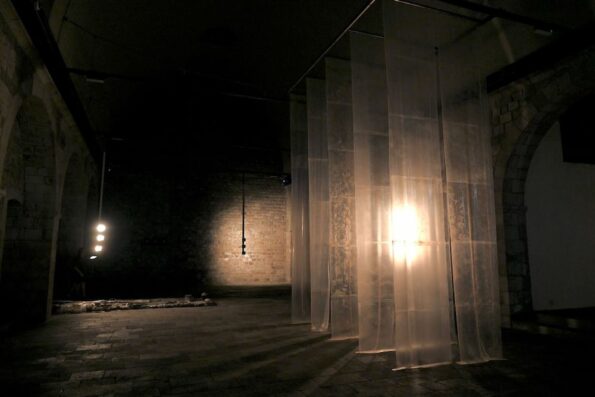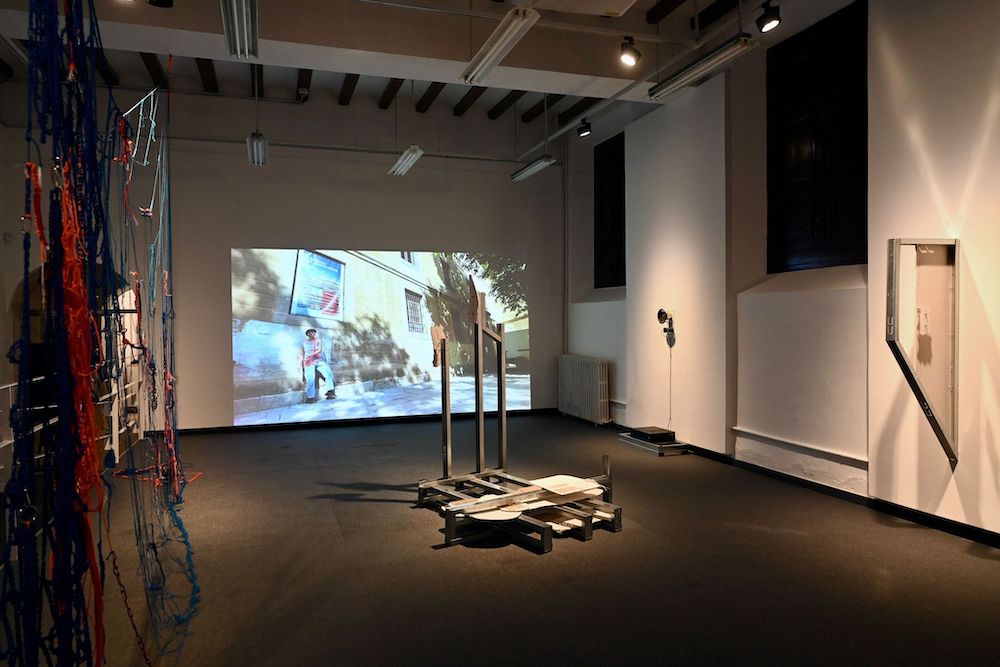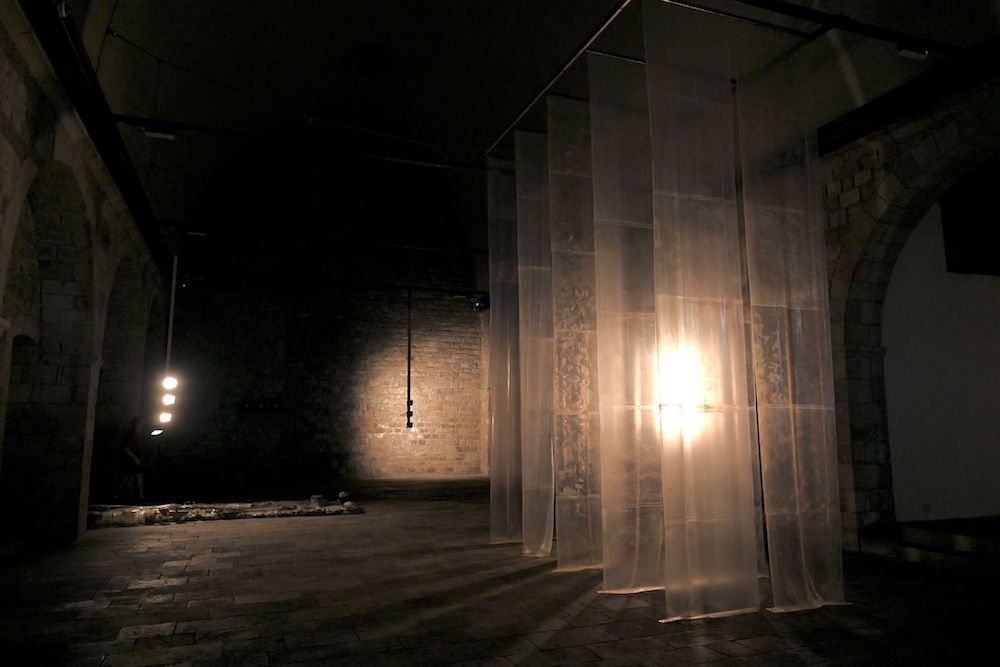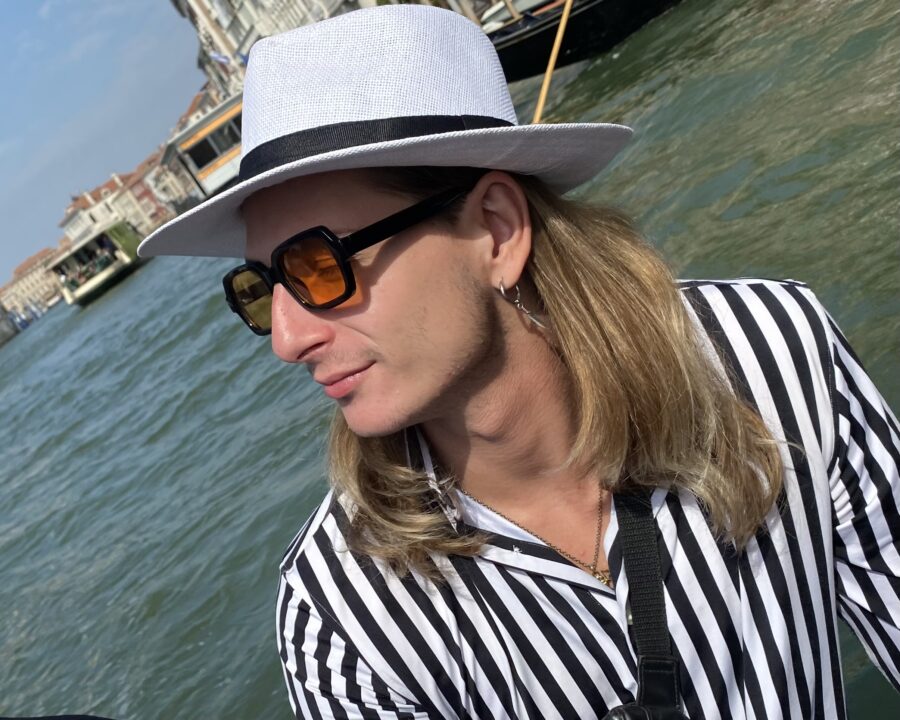Search
To search for an exact match, type the word or phrase you want in quotation marks.
A*DESK has been offering since 2002 contents about criticism and contemporary art. A*DESK has become consolidated thanks to all those who have believed in the project, all those who have followed us, debating, participating and collaborating. Many people have collaborated with A*DESK, and continue to do so. Their efforts, knowledge and belief in the project are what make it grow internationally. At A*DESK we have also generated work for over one hundred professionals in culture, from small collaborations with reviews and classes, to more prolonged and intense collaborations.
At A*DESK we believe in the need for free and universal access to culture and knowledge. We want to carry on being independent, remaining open to more ideas and opinions. If you believe in A*DESK, we need your backing to be able to continue. You can now participate in the project by supporting it. You can choose how much you want to contribute to the project.
You can decide how much you want to bring to the project.

La Capella opened July with two group exhibitions in the framework of the Barcelona Producción project: Ángel peligrosamente búho (Duels, spectres and materiality), curated by Núria Gómez Gabriel; and Quan ja no ens escalfa el sol (When the sun no longer warms us), curated by Zaida Trallero. Both exhibitions deal with space and the possibilities of inhabiting it as the main axis, from a feminist, queer perspective, and dealing with some of the major concerns in our city.
Let’s talk first about Quan ja no ens escalfa el sol, located in the space Rampa at La Capella. The first thing we find when we go up the characteristic ramp of this space is the projection Soy cuerpo, busco fachada, by Aymara Arreaza R., which shows some images of the construction works of new buildings that are invading Poblenou neighbourhood in Barcelona. This projection situates us both in the aesthetics of the rubble that predominates throughout the exhibition and in the central problematic of the exhibition: gentrification and the constant development of new buildings that, as the title of the exhibition indicates, leave no space for the sun to radiate its warmth to the people who populate these streets.
Entering the main space of the exhibition we find several works that also relate to this aesthetic of rubble: Xarxa de suport by Joana Capella reminds us of these typical nets that serve as a protective measure in newly constructed buildings. The materials used by Natalia Dominguez in PYL II (aluminium, plaster, plasterboard and cardboard) likewise remind us of the materials used in construction. And the sound archives that the artist herself proposes, where the noise of the construction works becomes the main melody, also refer to these spaces under construction.
However, the treatment of these materials and references speak to us of inhabiting or relating to this space from a different perspective: Natalia Dominguez’s sculptures become dysfunctional; Joana Capella’s Xarxa de suport vindicates collectivity, textiles and their relationship with femininity; and Natalia Dominguez’s audio reminds us of a melody that could be related to techno or industrial music.
This new way of inhabiting a space becomes more evident when Georgia Vardarou’s free dance choreography comes into play, as it implies a new way of relating to it. This is how a space, originally intended to create a functional construction, becomes a space for reflection on how we relate to our surroundings.

Exhibition view “Quan ja no ens escalfa el sol”. Courtesy of La Capella. Photo: Pep Herrero
Much more cryptic, on the other hand, is the exhibition Ángel peligrosamente búho(Angel Dangerously Owl), which is presented in the central space. As soon as one enters, the faint light of the flashes of Leticia Skrycky’s piece creates a ghostly, spiritual atmosphere that already draws us into the spectral aura that the exhibition intends. However, we must say that without the curatorial text it can be complicated to understand the meaning or main idea of the exhibition. Perhaps this disorientation in the spectator’s space is precisely the idea of the show. And not only because of the rarity of the objects that populate this space, but also because of the multi-channel installation that Violeta Mayoral proposes with El tercer tono, where an acoustic study on the same space of La Capella is used to produce sounds that are sometimes imperceptible, like those sounds that we hear from afar, but that if one gets closer, they enter our brain. That little noise, that “pip”, that we can’t get rid of.
But let’s talk about the three main works that join the sound and light installations of the two artists mentioned: in one of the niches we find Ángela Millano’s Hogar, an Aneboda cupboard from Ikea suspended on a diagonal that shows an emptiness in the centre and that looks as if it is going to fall. In a performance by the artist, it served to construct an environment in which “digging the same grave” was as cheap as possible. The artist placed herself inside it, creating an image where object, body, or both at the same time, fused in this pending fall. It is a work that also perverts the main use of the object: originally intended for everyday use, the wardrobe becomes an object for death. This being present and at the same time not being (by showing the emptiness), is what most connects with the idea of the exhibition.
With the same kind of vibe, we find the second work located in the middle of the room, Nada separado 2 by Paula García-Masedo. In the different vertical sections of agar, a material used for microbiological cultivation, we can observe what we do not perceive directly with our eyes, but which permeates this material, giving visibility to the invisible. A kind of lung that agglutinates what surrounds and populates the space, originally the emptiness of the architecture, is now impregnated with the visitors’ own breath, making of this piece a work in progress that is continually transforming itself.
And finally, we have Allotment, an artwork by Duncan Gibbs, which highlights the current ecological problem in a construction made by nature itself, where some of the most harmful materials for our ecosystem are fused into a structure that aims to imitate the false ruins that were very popular in western gardens in the 17th century.
In short, this second exhibition builds a terrifying atmosphere, which directs us to the problems of the present from a dark atmosphere and using artworks by young contemporary artists, emerging artists and from the collective. Thus, until September, both exhibitions will show us a new way of inhabiting spaces, in constant reflection with the problems of our present, of our city, and from the current creation itself.

Vista de l’exposició “Ángel peligrosamente búho”. Cortesía La Capella. Foto: Pep Herrero

Gerard Zamora (Sant Cugat del Vallés, 2001) holds a degree in Art History with a mention in Artistic Heritage Management (UAB), and a master’s degree in Contemporary Art History and Visual Culture (UAM, UCM, MNCARS). His research has been based on the exploration of the contemporary artistic fabric of Barcelona and Madrid. He has also participated as curator in exhibitions such as “Entre lo íntimo y lo exterior” (Galería Nueva) and “Sobre la mesa: Semióticas de la cocina” (Biblioteca MNCARS); and collaborates in publications such as A*Desk Critical Thinking.
"A desk is a dangerous place from which to watch the world" (John Le Carré)